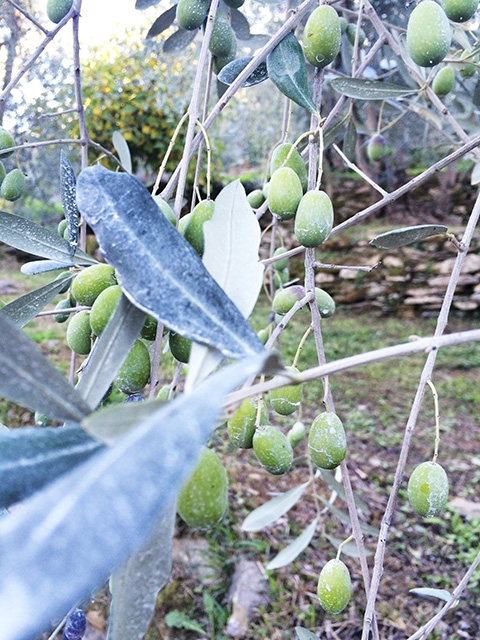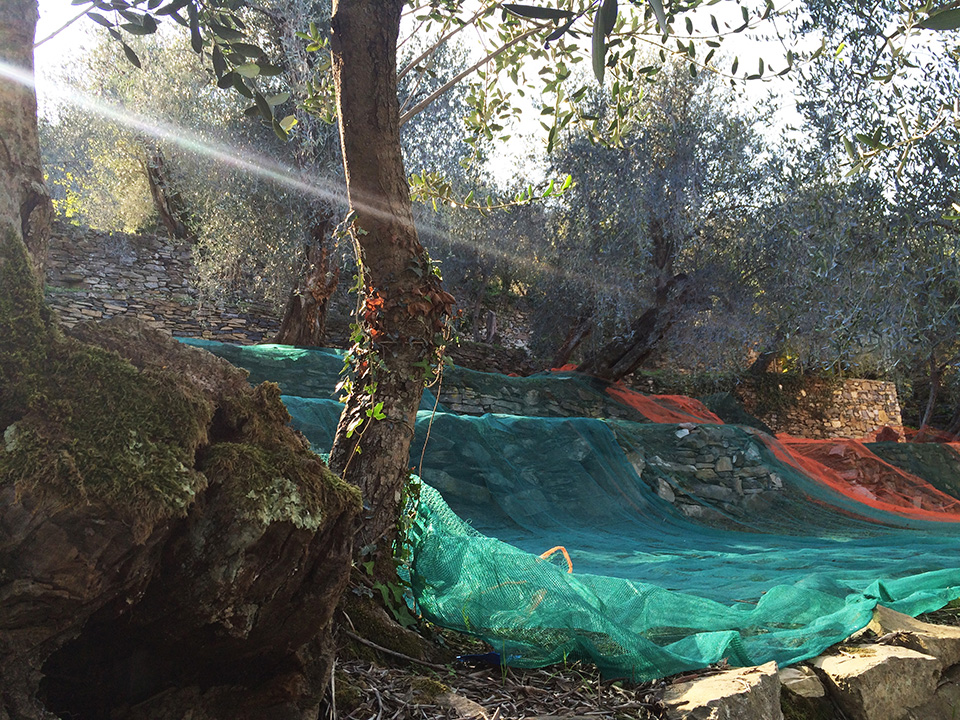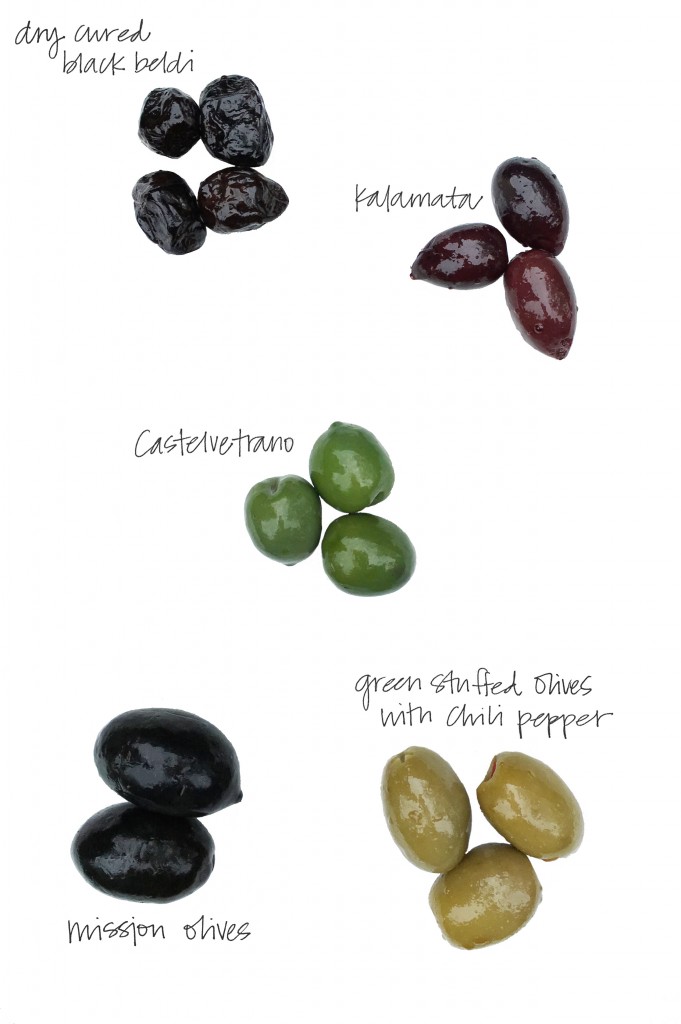
While in Italy, we were able to spend some quality time with Alexis’ Italian family at Ranise, their family’s olive orchard in Liguria, Italy. The 400-year-old olive trees are tended to by members of their extended family and have been passed down through generations. It was amazing to walk through the historical orchard and learn about the process of harvesting olives (and taste the finished product!). We learned that it takes many steps to get an olive from the tree to your table. Follow along as we share what we’ve learned…
Olive trees grow best in a Mediterranean-like climate where the weather is warm and sunny and the air is dry. Olives are grown throughout Europe – in Italy, Spain, Greece and France, and also in California! Olive trees are amazing plants as they can live and bear fruit for hundreds of years.

Olive trees are handled with care. Once ripe, olives are very delicate and can easily be bruised. Because of this, olives are picked by hand which turns out to be a very manual process! At Ranise, we also saw large nets placed on the ground to catch any fallen olives. Unlike other fruits, when olives are first picked, they are hard, bitter and inedible. Different types of olives are picked at different stages of ripeness and can vary in color; they can be green (unripe) to purple or black (ripe). The olives grown at Ranise are Taggiasca olives which are picked from January to March and vary from a yellow to deep violet or red color.
Once picked, they make their way to a curing facility where they are de-stemmed, sorted for color, quality and size. After sorting, they are placed in tanks to be brined! The brining process is what makes olives edible. A brine is a salt-water solution that helps the olive’s natural sugars convert to lactic acid, changing the hard, bitter olive into a delicious fruit! This process can take anywhere from nine to sixteen months, until the olives reach a certain PH level.

We learned there are 3 different curing methods… First up, salt curing. With this method, fully ripened olives are packed with salt then preserved in olive oil. The sun-drying method requires ripened olives to be spread out to dry in the sunshine until they wrinkle. And lastly, lye-cut; in which green Spanish olives or black american olives are treated with a lye solution to partially de-bitter the olive. Once the olives have finished curing, they are removed from the brine and packed into jars or set right onto the dinner table.
Nothing is better than a freshly cured olive, we can attest to that! While it’s not everyday we can enjoy olives in Italy, we can still sample delicious olives from all over the world thanks to the local super market. Here’s what we found at ours… What will you find at yours?





